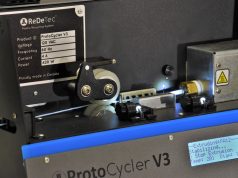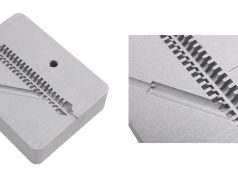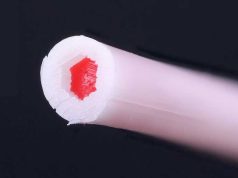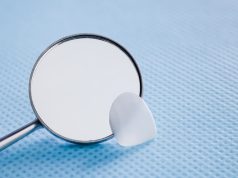Chinese researchers have developed a method that converts polyurethane waste into 3D printing material. Polyurethane foam is often used for mattresses, upholstery and the like.
Professor XIE Tao and his team from the Department of Chemical and Biological Engineering at Zhejiang University have developed a pioneering method to upgrade polyurethane foams for the production of high-quality 3D photoprinting resins. The findings, published in Nature Chemistry, could provide a cost-effective and practical solution.
Since the 1960s, when polyurethane foams were developed, they have been widely used in everything from airplane seats to car seats and mattresses. However, with an annual production of more than 12 million tons, much of this material ultimately ends up in landfills or is incinerated.
“The challenge of recycling has been around for years, and no ideal solution has emerged,” XIE Tao remarks. “Thermoset polyurethane foams are a type of crosslinked polymer network, very different from typical uncrosslinked polymer chains for thermoplastic polymers, their network structure makes it extremely difficult to depolymerize and reshape.”
The problem: The structure of the crosslinked polymer chains makes depolymerization and reshaping extremely difficult.
One common method has been to completely decompose polyurethane foams and reuse only part of the material.
“This approach is neither economical nor environmentally-friendly,” XIE Tao stresses.
The team’s solution relied on reversibly dynamic chemical bonds, such as urethane bonds. By heating the foam at 120°C in the presence of a solvent and a catalyst, they were able to open the urethane bonds and break the foam into soluble oligomers. After chemical modification, these oligomers were converted into high-quality 3D photoprinting resins.
“A material doesn’t just have two states: the finished state and the completely decomposed state. In fact, there are many ‘intermediate states’ in between!”
The result was a more environmentally friendly and cost-effective process to convert polyurethane foams into high-quality printing resins that are priced high in the marketplace. This breakthrough could pave the way for further innovations in plastics recycling.
Subscribe to our Newsletter
3DPresso is a weekly newsletter that links to the most exciting global stories from the 3D printing and additive manufacturing industry.



























